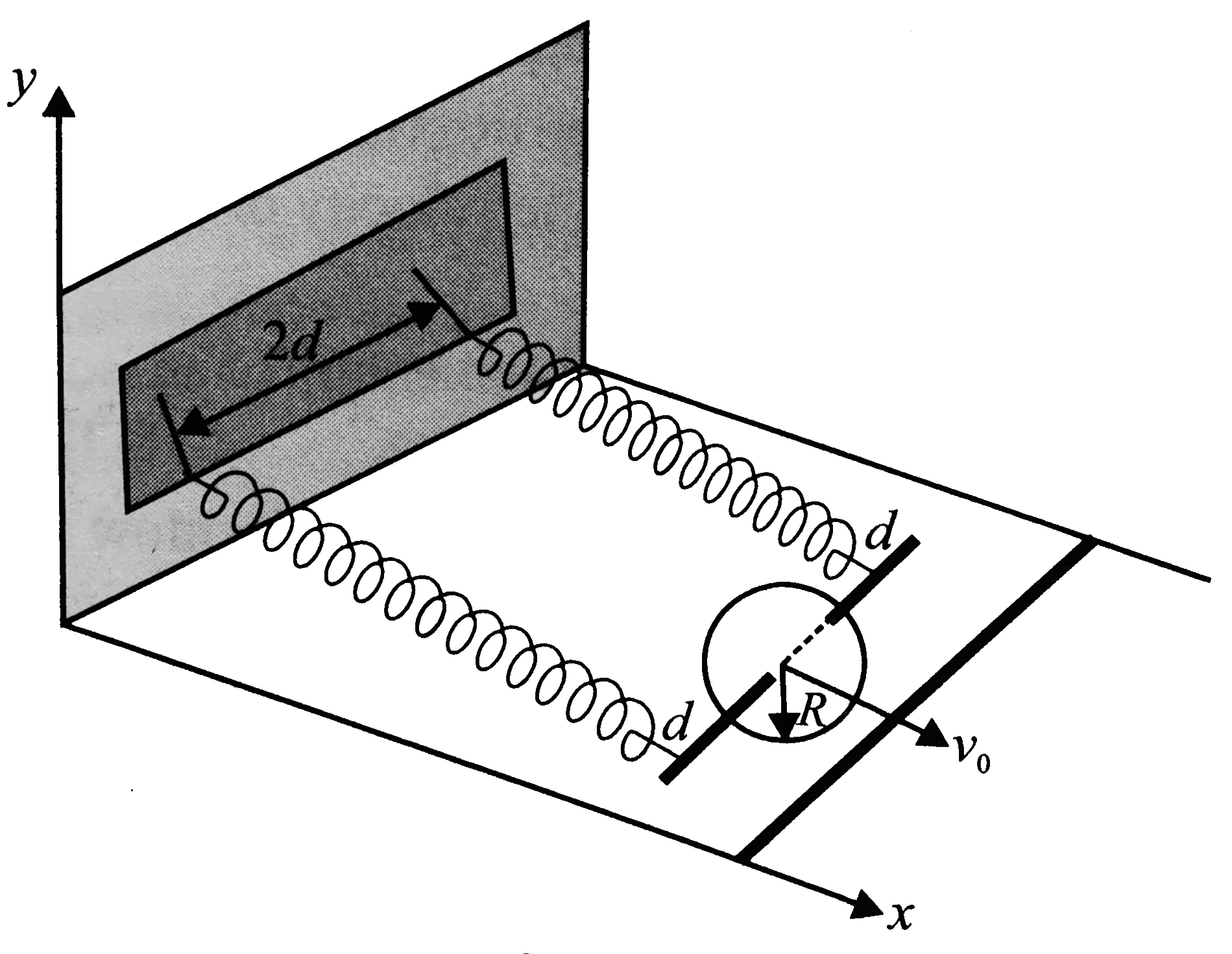A
B
C
D
Text Solution
Verified by Experts
The correct Answer is:
|
Topper's Solved these Questions
SIMPLE HARMONIC MOTION
ALLEN|Exercise Subjective|30 VideosView PlaylistSIMPLE HARMONIC MOTION
ALLEN|Exercise Solved Example|3 VideosView PlaylistSIMPLE HARMONIC MOTION
ALLEN|Exercise MCQ s one or more than one correct answers|5 VideosView PlaylistRACE
ALLEN|Exercise Basic Maths (Wave Motion & Dopplers Effect) (Stationary waves & doppler effect, beats)|24 VideosView PlaylistTEST PAPER
ALLEN|Exercise PHYSICS|4 VideosView Playlist
Similar Questions
Explore conceptually related problems
